Entering your 50s and 60s often brings a renewed focus on comfort, safety, and long-term independence at home. Many people in this stage of life begin to notice subtle physical changes such as reduced balance, slower movement, or occasional joint discomfort. These changes do not necessarily limit your lifestyle, but they do highlight the importance of a thoughtfully designed living environment. Home modifications can help you stay independent, confident, and comfortable for years to come. Whether you plan to age in place or simply want to improve accessibility, practical upgrades can make daily routines easier and safer. From lighting improvements to bathroom enhancements, these ideas focus on function, comfort, and peace of mind without sacrificing style. The right adjustments can support your mobility, reduce the risk of accidents, and help create a home that grows with you. With careful planning, your living space can remain supportive, enjoyable, and truly yours.
1. Install Good Lighting Throughout the Home

Proper lighting is essential as vision naturally changes with age, and a brighter space helps reduce the risk of falls and eye strain. Improving lighting in hallways, staircases, and entryways ensures safe movement between rooms. Consider using LED bulbs because they provide clear illumination and are energy efficient. Adding night lights in the bathroom and bedroom helps with nighttime navigation. Task lighting near reading areas, kitchen counters, and workspaces creates a more comfortable experience for daily activities. Smart lighting systems with voice or app control make it easier to adjust brightness without physical effort. Well-planned lighting enhances safety and overall comfort.
2. Add Handrails and Grab Bars in Key Areas

Handrails and grab bars provide stability and support in areas where slips are more likely, such as bathrooms, hallways, and staircases. Installing grab bars near the toilet and inside the shower makes it easier to maintain balance when standing or sitting. Modern designs offer attractive, stylish finishes that blend with your home decor while still providing reliable assistance. Handrails along stairs help reduce the risk of losing balance, especially when carrying items or moving quickly. These features also support people recovering from minor injuries. Even if mobility issues are not present, early installation ensures preparedness and long-term convenience.
3. Replace Slippery Flooring With Safer Alternatives
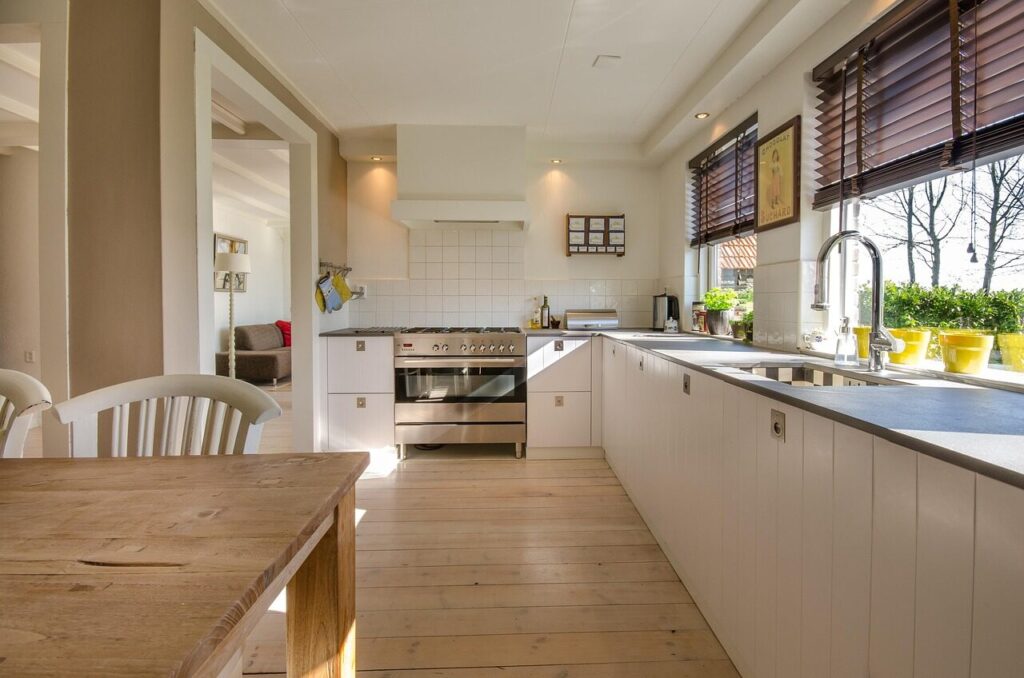
Choosing the right flooring can significantly improve safety and comfort. Slippery surfaces like glossy tiles or polished wood increase the risk of accidents, especially in high-moisture areas. Consider replacing these with slip-resistant options such as textured tiles, vinyl planks, or cork flooring. These materials provide better traction and are softer underfoot, reducing strain on joints. In the bathroom and kitchen, non-slip mats add an extra layer of protection. Low-pile carpeting in living areas can also help cushion steps without causing tripping. Ensuring that floors are smooth and level prevents missteps and makes movement easier for people using mobility aids.
4. Create a Step-Free or Low-Threshold Entrance
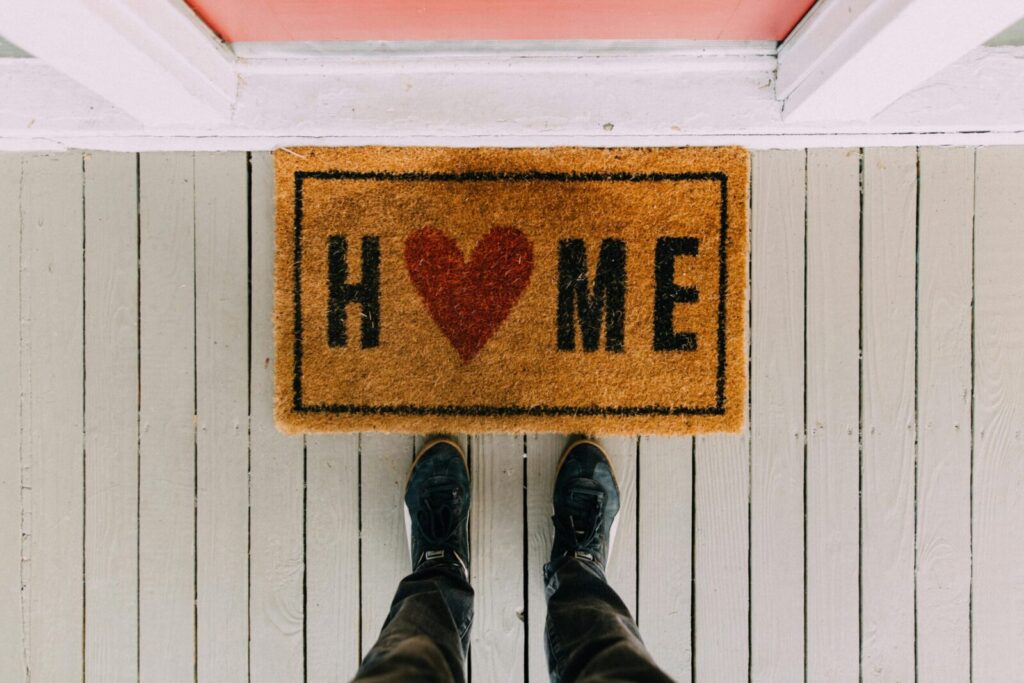
A step-free entrance makes entering and leaving the home easier, especially if you experience reduced mobility later. Installing a gentle ramp or lowering the threshold eliminates obstacles that can cause tripping or make carrying groceries difficult. Wide entryways improve accessibility for walkers or wheelchairs and enhance overall comfort. Motion-sensor lighting near the door increases safety during evenings. If a full renovation is not an option, adding a portable ramp can still make a big difference. A step-free entrance also improves convenience during rainy days or when hands are full. This simple change supports long-term independence and everyday ease.
5. Upgrade the Bathroom for Better Safety and Comfort
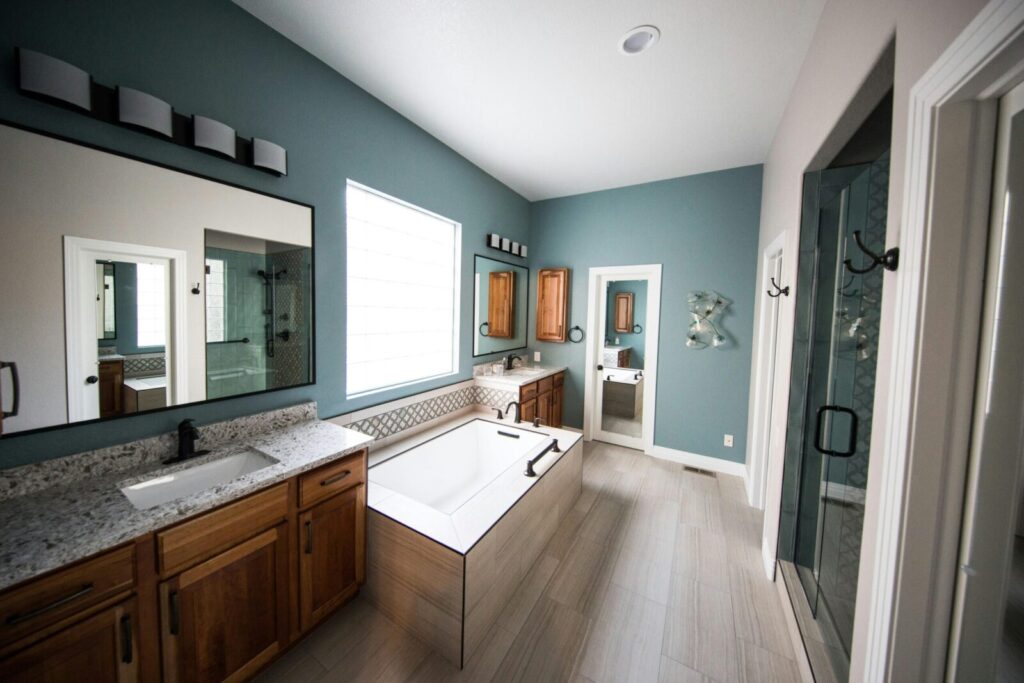
Bathroom modifications greatly enhance safety because this space has a high risk of slipping. Installing a walk-in shower removes the challenge of stepping over a high edge. Adding a built-in shower seat provides stability during bathing and helps reduce fatigue. A handheld showerhead allows easier cleaning without straining the arms. Raised toilet seats and strategically placed grab bars support balance and movement. Non-slip tiles make the floor safer even when wet. Good ventilation helps prevent mold, creating a healthier environment. These upgrades create a bathroom that feels secure, comfortable, and convenient while supporting independence as needs gradually change.
6. Improve Kitchen Accessibility for Daily Convenience
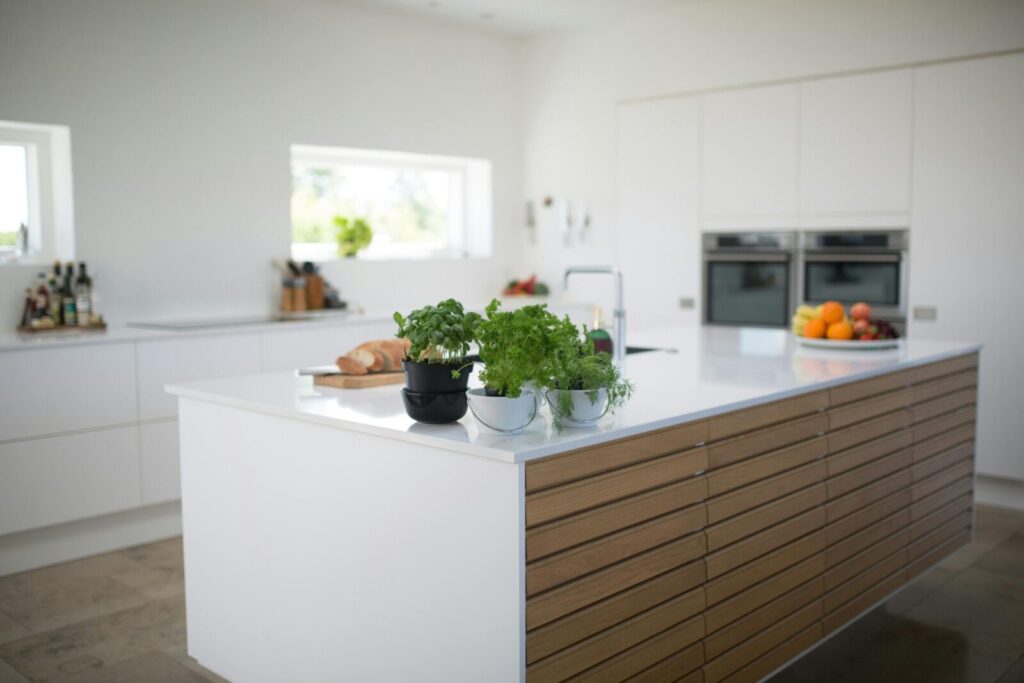
Updating your kitchen can make meal preparation safer and more enjoyable. Lowering countertops or adding pull-out shelves ensures items are within easy reach, reducing bending and stretching. Soft-close drawers prevent finger injuries and offer smoother use. Organizing frequently used utensils and ingredients at waist level supports efficient movement. Lever-style faucets make water control easier for hands with reduced strength. Induction cooktops can reduce burn risks by heating only the cookware surface. Adding anti-fatigue mats helps reduce joint discomfort during long cooking sessions. These kitchen improvements enhance safety while maintaining a pleasant and functional cooking environment.
7. Consider Smart Home Technology for Easier Living
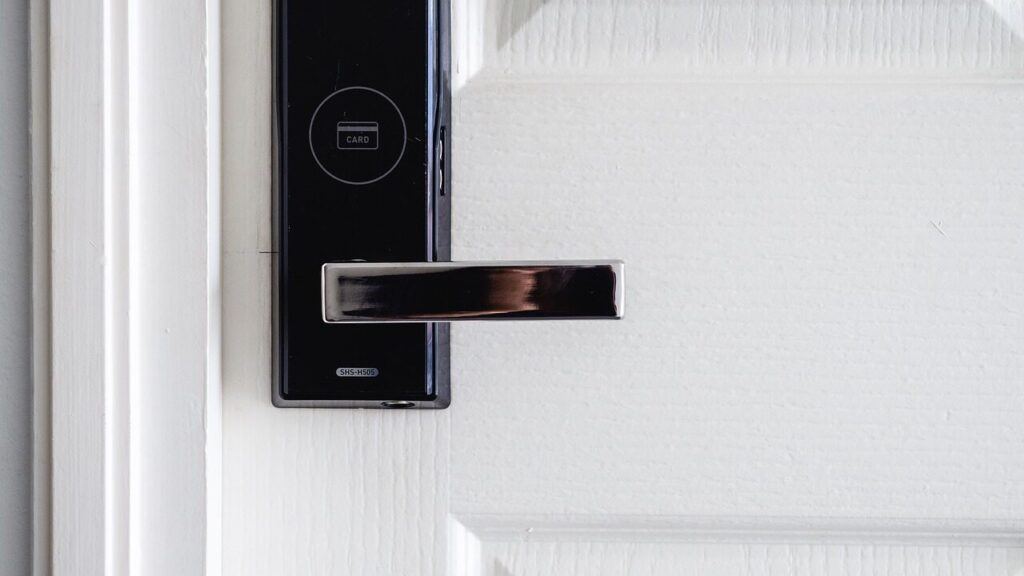
Smart home technology offers helpful features that support independence and simplify daily routines. Voice-controlled assistants allow you to adjust lights, lock doors, or play music without needing to move around frequently. Smart thermostats maintain comfortable temperatures while reducing energy use. Video doorbells provide convenience and security by showing who is at the door. Automated appliances, such as robot vacuum cleaners, reduce physical effort for household chores. Medical alert systems can instantly contact help during emergencies. These technologies are easy to use and customizable, making them ideal for promoting safety, efficiency, and peace of mind in your home.
Comments